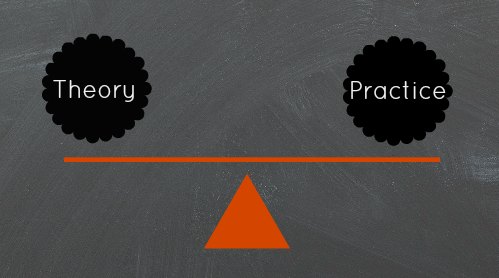Barrister Douglas Ewen on the reasons for Know How
“In theory, there is no difference between practice and theory. But in practice there is.”

There is knowledge or theory, and then there is application of it, or practice. In an ideal situation the two balance and complement each other. Theoretical “ying” is matched with practical “yang” and they travel happily in pairs.
But when they don’t the result is often chaos. The difference between knowing what to do and doing it can be two completely different things, and the gulf between them vast and full of danger.
Law is no exception says Douglas Ewen, the barrister behind the recent release of the first Know How module covering Civil Litigation workflow and precedents.
Gaps in our current legal training
He says: “Our lawyers leave law school with a knowledge of the law but not necessarily with either the skills or the knowledge to apply it. It’s a very large and significant gap. They may know about and quote the “ins and outs” of a theory, but have very little practical clue about when, why, how and where it fits within the reality and broader context of a client matter.”
Because of the limited vocational training our profession offers he says young lawyers are frequently faced with procedural issues that they have little or no idea how to deal with.
... we’ve overlooked the merit of gaining a solid grounding in the basics before leaping into the more esoteric aspects of law.
He says in days gone by this dilemma was less of a problem. A young lawyer received a thorough training in general procedural matters through being taken on as an articled clerk in a firm and completing their university studies outside of regular working hours. In replacing the old system with one that is less vocation focused we’ve overlooked the merit of gaining a solid grounding in the basics before leaping into the more esoteric aspects of law.
The result is that not only are newer lawyers sometimes confused, stressed and anxious through not knowing what to do, but the clients they are attempting to serve can be seriously disadvantaged.
Know How work flow bridges the gap
The Know How civil litigation work flow and precedents bridge the gap allowing someone to safely step through an often quite complicated and intricate processes. The project goal, says Douglas, was to make them manageable – to eradicate the complexity and to allow a lawyer to choose the most logical path from the range of options available. It gives the lawyer a plan to follow, a sequential process, beginning with the initial client contact and extending, if needed, all the way through to an appearance in the High Court.
Douglas says that obviously the work flow and precedents don’t provide all the answers to every situation. What they are though, he says, is a safe beginning point in what can be a terrifying no-man’s land fraught with danger on all sides.
Memories underpin passion for procedural knowledge
Douglas feels strongly about shoring up and protecting the vulnerable whether it is the fledgling lawyer or his client.
He remembers what it’s like to realize that you don’t have the answer, that you don’t even have the question to get the answer and that you are on your own. You are, he says, going to have to work something out fast, or drown in a welter of anxious confusion, and shame.
[caption id="attachment_7532" align="aligncenter" width="500"] Royal Courts of Justice, The Strand, London, England[/caption]
Royal Courts of Justice, The Strand, London, England[/caption]
He experienced the full loneliness of that place as a young outdoor clerk in London where he was, in his own words, “one small step up from the copy-photo boy”. He remembers being dispatched to the Royal Courts of Justice in the Strand with a vague instruction to complete an application, of which he had an even vaguer understanding. Once there he realised that to get the job done he was going to need help. Fortunately for him salvation was at hand. In front of a middle aged woman was a very long queue. On joining its tail he learned this was Eunice, the queen of the Queen’s Bench Action Department; the keeper of the knowledge, the kindly Mrs Go-to woman for hapless souls like himself in need of guidance.
Douglas says he survived his rude induction into the complex world of rules, procedure and specialized form filling because he became fascinated with it and he was primarily “a cheeky little sod” unafraid to ask questions. The area was, he realized, an intricate maze of possibilities, of move and counter move, a game not unlike chess, and just like chess, its core moves could be learned.
There is latent power in knowing procedure well, he says. Used the right way that knowledge is a tool for change. His Know-How module on civil litigation is a good first step in that direction.
More information
 The Know-How module on Civil Litigation in the District Courts is the first of many planned work-flow products. It consists of easy to follow information about practice, procedure and the various tasks that lawyers involved in civil litigation cases need to complete.
The Know-How module on Civil Litigation in the District Courts is the first of many planned work-flow products. It consists of easy to follow information about practice, procedure and the various tasks that lawyers involved in civil litigation cases need to complete.
The next Know-How modules will cover other major aspects of civil litigation, including High Court. They are on track for release progressive release during 2016.
